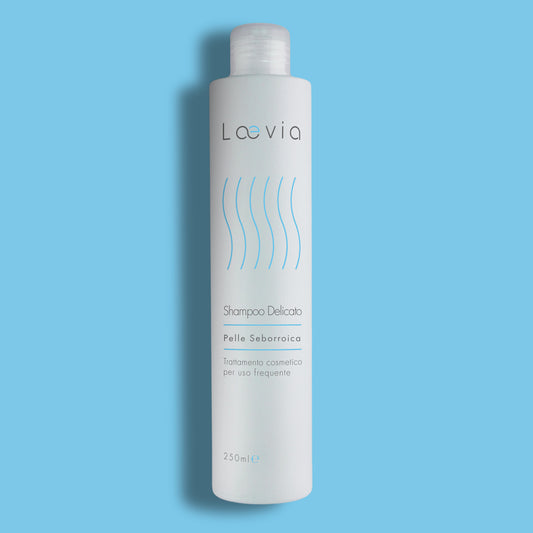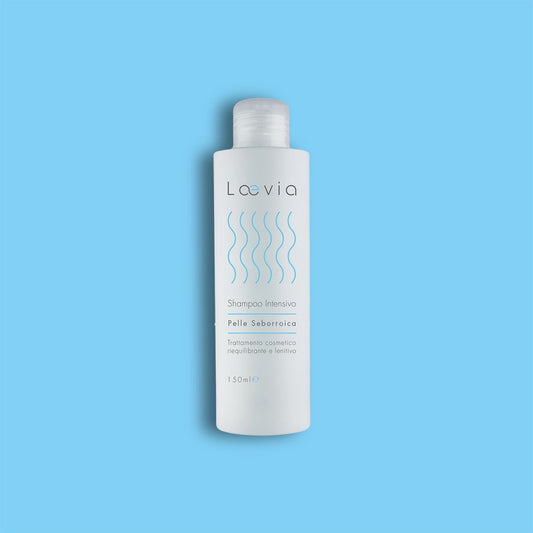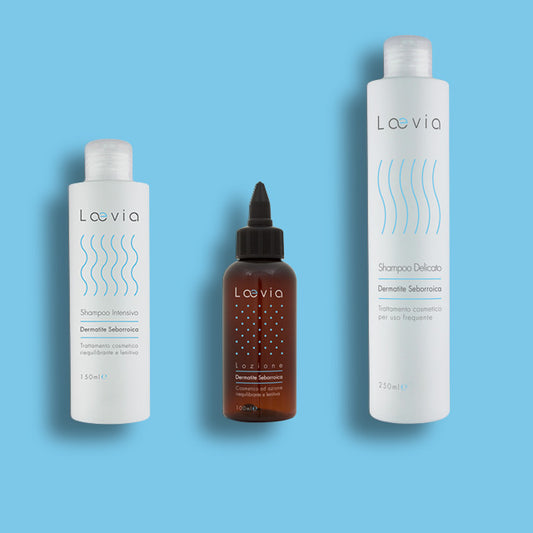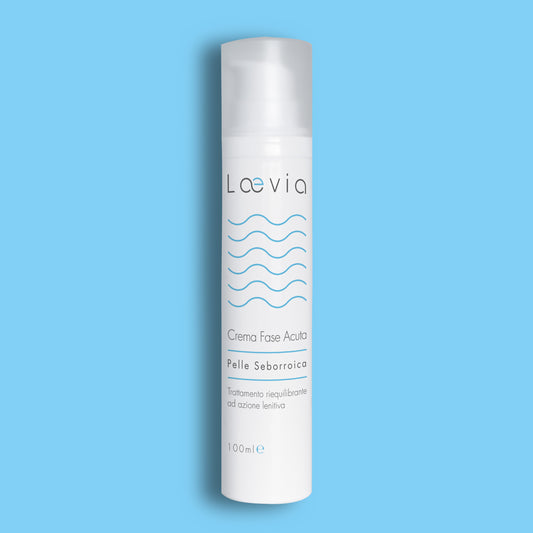Seborrheic Dermatitis is a common skin pathology of unknown origin that involves the so-called seborrheic areas, those most rich in sebaceous glands (hair, naso-genial sulcus and central area of the trunk) with erythematous-desquamative, shiny and greasy patches.
There are two main forms:
- Adult seborrheic dermatitis, well codified, with lesions generally chronic.
- Seborrheic dermatitis of infants, whose nosological location is uncertain, which typically affects the gluteal-perineal area or the scalp, with different manifestations.
In infants, Seborrheic Dermatitis is localized to the scalp, face, folds and diaper area; the head is often affected by an asymptomatic accumulation of yellowish crusts. Infant Seborrheic Dermatitis is probably a transition to different diseases such as Atopic Dermatitis or Psoriasis.
Adult Seborrheic Dermatitis, considering all the variants, is a very common pathology. The most serious forms, i.e. those that require dermatological consultation, affect only 5% of the population, with a preference for the male sex and for the winter season. Statistics also highlight how Seborrheic Dermatitis is a continuously increasing disorder, probably due to pollution.
Seborrheic Dermatitis usually presents with an accumulation of sebum in the stratum corneum, resulting in desquamation and edema in the dermis. A bacterial or candida super-infection may also be associated. The discomfort is variable but not serious and is often described as itching, inflammation and redness; on the other hand, the psychological discomfort is the most marked.

The causes and development of Seborrheic Dermatitis are uncertain.
The main factors to consider are:
• Excessive activity of the sebaceous glands (oily skin)
• Genetic predisposition
• Nutritional deficiencies
• Stress, hectic life, mood swings
• Poor hygiene
• Activity of microbial agents (especially Malassezia Furfur)
• Cleansing with irritating agents
• Immune deficiency (85% of subjects with HIV are affected)
• Relationship with psoriasis
Forms of Seborrheic Dermatitis are often detected in patients with serious pathologies affecting the autonomic nervous system, with an increase in cases and severity in people suffering from Parkinson's or Epilepsy.
There are no definitive therapies. The objectives of the cosmetic treatment are the reduction of the inflammatory reaction, sebum production and colonization of Malassezia.
It is essential to rebalance the drainage and purification function of the skin precisely to regulate the activity of the sebaceous glands; In addition to this, it is very important to try to cleanse the skin and scalp with delicate active ingredients, with antifungals and with agents that promote flaking.





